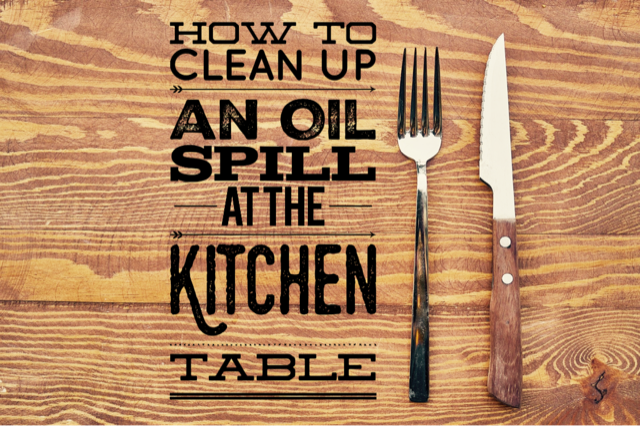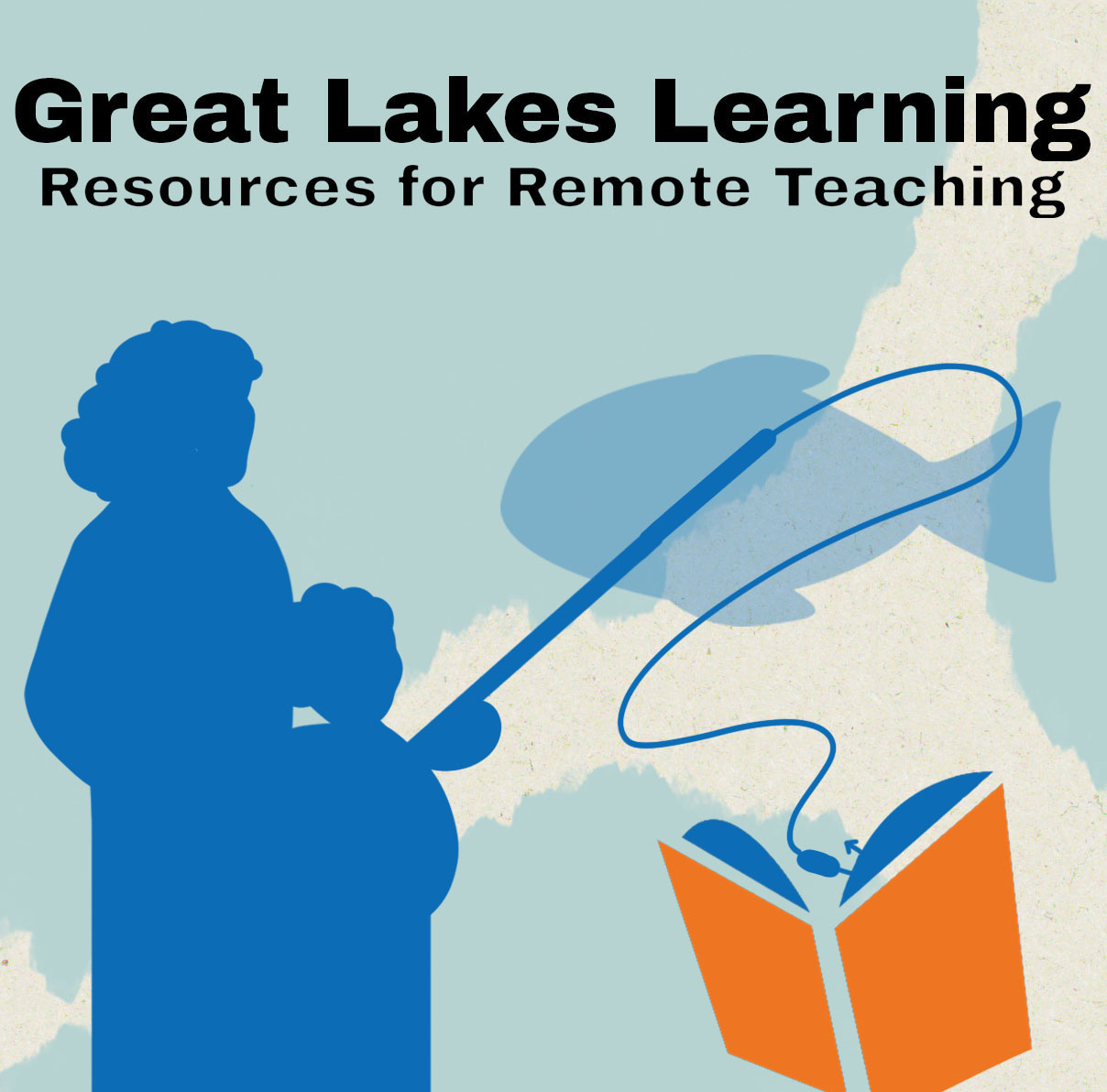
 As the author of Great Lakes Now’s Collection of Lesson Plans, educational consultant Gary Abud Jr. is now providing more support for parents, teachers and caregivers who want to incorporate Great Lakes learning into their time with children and students. His series of writings can be found HERE along with the lesson plans and a Virtual Field Trip.
As the author of Great Lakes Now’s Collection of Lesson Plans, educational consultant Gary Abud Jr. is now providing more support for parents, teachers and caregivers who want to incorporate Great Lakes learning into their time with children and students. His series of writings can be found HERE along with the lesson plans and a Virtual Field Trip.
Researchers will tell you that we don’t know a lot about how to clean up an oil spill in freshwater, and that’s important for the Great Lakes.
While pipelines may be safer than trucks and railroads for transporting oil, they still leak. That danger is at the heart of the political disagreements over what to do about Enbridge Inc.’s Line 5 pipeline, which runs under the Straits of Mackinac and the St. Clair River.
API key not valid. Please pass a valid API key.But scientists at a remote Canadian research station are working to help understand what happens when oil spills into freshwater. The Experimental Lakes Area is a natural laboratory, a chain of lakes that for decades have been used to better understand how pollution affects and is mitigated in natural environments.
You can go along with Great Lakes Now. We visited the site last year to produce a segment for our show, and you can read more about that HERE.
Located about a four-hour drive east of Winnipeg, Manitoba, the Experimental Lakes Area is run by the International Institute for Sustainable Development, which has its own educational resources HERE.

In our lesson on Freshwater Oil Spills, we explore what these scientists are doing to pollute the lake water on purpose and test various cleanup approaches.
Even if you aren’t in a science classroom right now or don’t have a lab station at which to conduct an experiment, you can still learn about the different types of materials used to clean up oil spills and how each of them works by simulating your own at-home oil spill cleanup using household materials.
Whether you’re a teacher or a parent doing this lesson with your students, we think you’ll love the oil spill cleanup activity. Below you will find some ways to adapt this activity to do at home as well as some teachable moments you can highlight with your learner while doing the oil spill cleanup.
API key not valid. Please pass a valid API key.Adapting the Activities
Adapting this oil spill lesson really requires making the oil spill activity workable for the home setting. Here are some ways you can do just that:
“Spill” Whatever Oil You Can Spare. Instead of motor oil, use canola, vegetable or some other oil that’s liquid at room temperature.
Skip the Budget Constraints. Ignore the cost of each item and focus on using any amount of materials, budget free, to clean up the oil.

Use Available Materials. You don’t need to use every material on the list. Instead, swap items (e.g., a turkey baster works as a pipette) or choose other materials you think could work.
Stay Clean. Plastic garbage bags or painter’s sheet plastic should be used to cover tabletops under the “lake” — which could be set up in a baking pan — and students can wear gloves when conducting this activity.
Get Outside. If it’s not practical to do inside at home, get outside, weather permitting, and use your patio table, or even run the activity on the concrete.
Watch the Videos After. Rather than introducing the oil spill cleanup activity with Great Lakes Now videos, you might choose to do the simulation and then watch the Polluting With Purpose program. It can help students connect what they learn in the video to their experience in the activity.
Teachable Moments
No matter how you craft a solution to clean up your “oil spill,” there’s a lot to learn from design challenges like this one, such as:
Vocabulary Focus on terms such as polar, nonpolar, emulsifier, surfactant, hydrophobic and hydrophilic, and terms for types of cleanup tools—skimmer, dispersant, boom and absorber.
Depth of Knowledge If you want to extend the learning on this topic further, this Crash Course video will explain the chemistry of polar molecules involved in cleaning up oil spills.
Apply Your Learning The science of cleaning up an oil spill also explains why you must wash your hands with soap and water, not just using water. Can you figure out why?
Engineering and Design Have students estimate their cleanup cost or consider how they might have approached things differently if they had to work on a budget.
Consider Other Cleanups Check out more videos, such as the Buffalo Reef Restoration, to learn about other pollutants that have to be cleaned out of freshwater and compare those cleanup efforts to that of an oil spill.
API key not valid. Please pass a valid API key.Schools may be closed for face-to-face learning in many states across the country, but that doesn’t mean that science experiments have to stop. After all, we are training the future scientists, who will one day create vaccines and clean up oil spills, in our homes right now. And that means that the kitchen table can make for a pretty good lab bench too.
Take a look at the other tips and lessons in the Great Lakes Learning series:
Great Lakes Learning: 5 ways to teach your child about groundwater
Great Lakes Learning: Plan a destination dinner on a Great Lakes island
Great Lakes Learning: How to get your students chatting – productively – in online lessons
Great Lakes Learning: Tips for growing a fatberg at home (safely!)
Featured image: Researchers at the International Institute for Sustainable Development’s Experimental Lakes Area work on a series of inland lakes doing research about the impacts of pollution on ecosystems and water quality. Photo by Sandra Svoboda.




